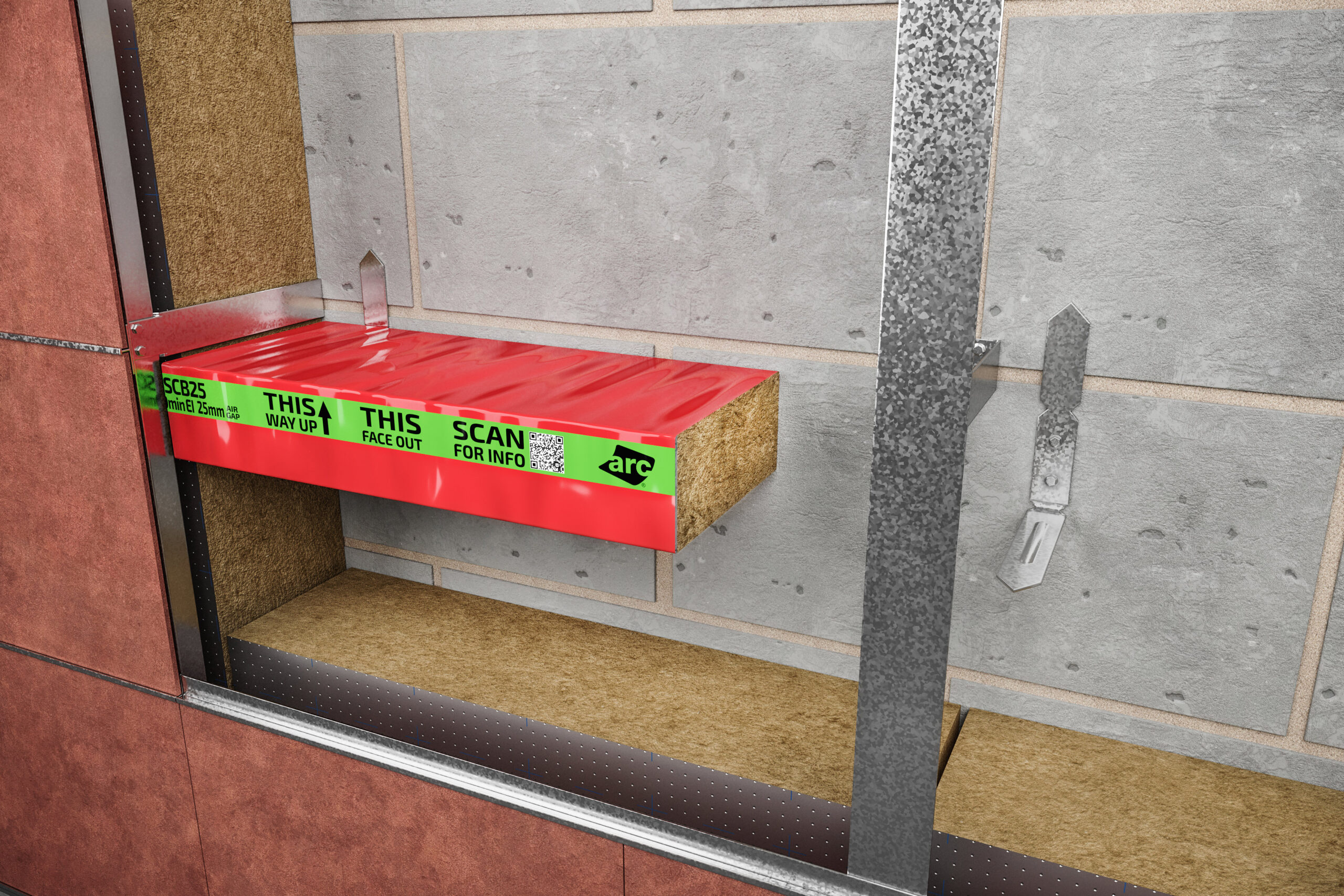:max_bytes(150000):strip_icc()/how-to-wash-bamboo-fabrics-2145798-06-b069bd2c9e3840028765a1afe29dd5e9.jpg)
Image Source- Source- Google
Bamboo fabric is known for being soft, breathable, and eco-friendly. It's a popular choice for clothing, bedding, and other textiles. To keep your bamboo fabric items in top condition and prolong their lifespan, it's important to know how to properly care for them. You may navigate the site to explore different methods of maintaining bamboo fabric.
Here are seven essential tips to help you take care of your bamboo fabric:
1. Read the Care Label
Before washing or caring for any bamboo fabric item, always check the care label first. Different blends of bamboo fabric may have specific care instructions such as washing temperature, drying methods, and ironing recommendations. Following the care label instructions will help prevent damage and maintain the quality of your bamboo fabric.
Key Points:
- Always check the care label before washing or caring for your bamboo fabric.
- Follow the specific care instructions provided on the label to avoid damage.
2. Hand Wash or Use Gentle Cycle
Bamboo fabric is delicate and can be easily damaged by harsh washing methods. To preserve the softness and integrity of your bamboo fabric items, it's best to hand wash them or use the gentle cycle on your washing machine. Avoid using hot water and opt for cold or lukewarm water instead. Use a mild detergent that is suitable for delicate fabrics to avoid causing any damage.
Key Points:
- Hand wash bamboo fabric items or use the gentle cycle on your washing machine.
- Use cold or lukewarm water and a mild detergent suitable for delicate fabrics.
3. Avoid Using Harsh Chemicals and Bleach
Harsh chemicals and bleach can damage bamboo fabric and cause it to lose its softness and color. When washing your bamboo fabric items, avoid using strong detergents, fabric softeners, or bleach. Opt for gentle, eco-friendly detergents that are free from harsh chemicals to keep your bamboo fabric in top condition.
Key Points:
- Avoid using harsh chemicals, fabric softeners, and bleach when caring for bamboo fabric.
- Choose gentle, eco-friendly detergents to maintain the softness and quality of your bamboo fabric items.
4. Dry Flat or Hang to Dry
To prevent stretching or misshaping of your bamboo fabric items, it's best to air dry them by laying them flat on a towel or hanging them on a drying rack. Avoid using the dryer, as the heat and tumbling motion can damage the fibers of the bamboo fabric. By allowing your bamboo fabric items to air dry naturally, you can help them retain their shape, softness, and color.
Key Points:
- Air dry bamboo fabric items by laying them flat or hanging them on a drying rack.
- Avoid using the dryer to prevent damage to the fibers of the bamboo fabric.
5. Iron on Low Heat if Necessary
If your bamboo fabric items have become wrinkled and you need to iron them, do so on a low heat setting to avoid damaging the fabric. Use a pressing cloth to protect the bamboo fabric from direct heat and steam. Ironing on a low heat setting will help smooth out wrinkles without causing any harm to the fabric.
Key Points:
- Iron bamboo fabric items on a low heat setting if necessary.
- Use a pressing cloth to protect the fabric from direct heat and steam.
6. Store Properly to Prevent Damage
When storing your bamboo fabric items, make sure to fold them neatly and avoid hanging them, as this can cause stretching and misshaping. Store your bamboo fabric items in a cool, dry place away from direct sunlight to prevent discoloration and damage. Avoid storing them in plastic bags or containers, as bamboo fabric needs to breathe.
Key Points:
- Store bamboo fabric items folded neatly in a cool, dry place away from direct sunlight.
- Avoid hanging bamboo fabric items to prevent stretching and misshaping.
7. Handle Stains Promptly and Gently
If your bamboo fabric items get stained, it's important to treat the stains promptly and gently to avoid setting them in the fabric. Blot the stain with a clean cloth or paper towel to absorb as much of the spill as possible. Avoid rubbing the stain, as this can spread it further. Use a gentle stain remover or a mixture of mild detergent and water to gently clean the stained area.
Key Points:
- Handle stains on bamboo fabric promptly and gently to prevent setting them in.
- Blot the stain with a clean cloth and avoid rubbing it to prevent spreading.
By following these seven essential tips for caring for your bamboo fabric, you can help maintain the softness, quality, and lifespan of your bamboo fabric items. Proper care and maintenance will ensure that your bamboo fabric remains a sustainable and comfortable choice for years to come.


















